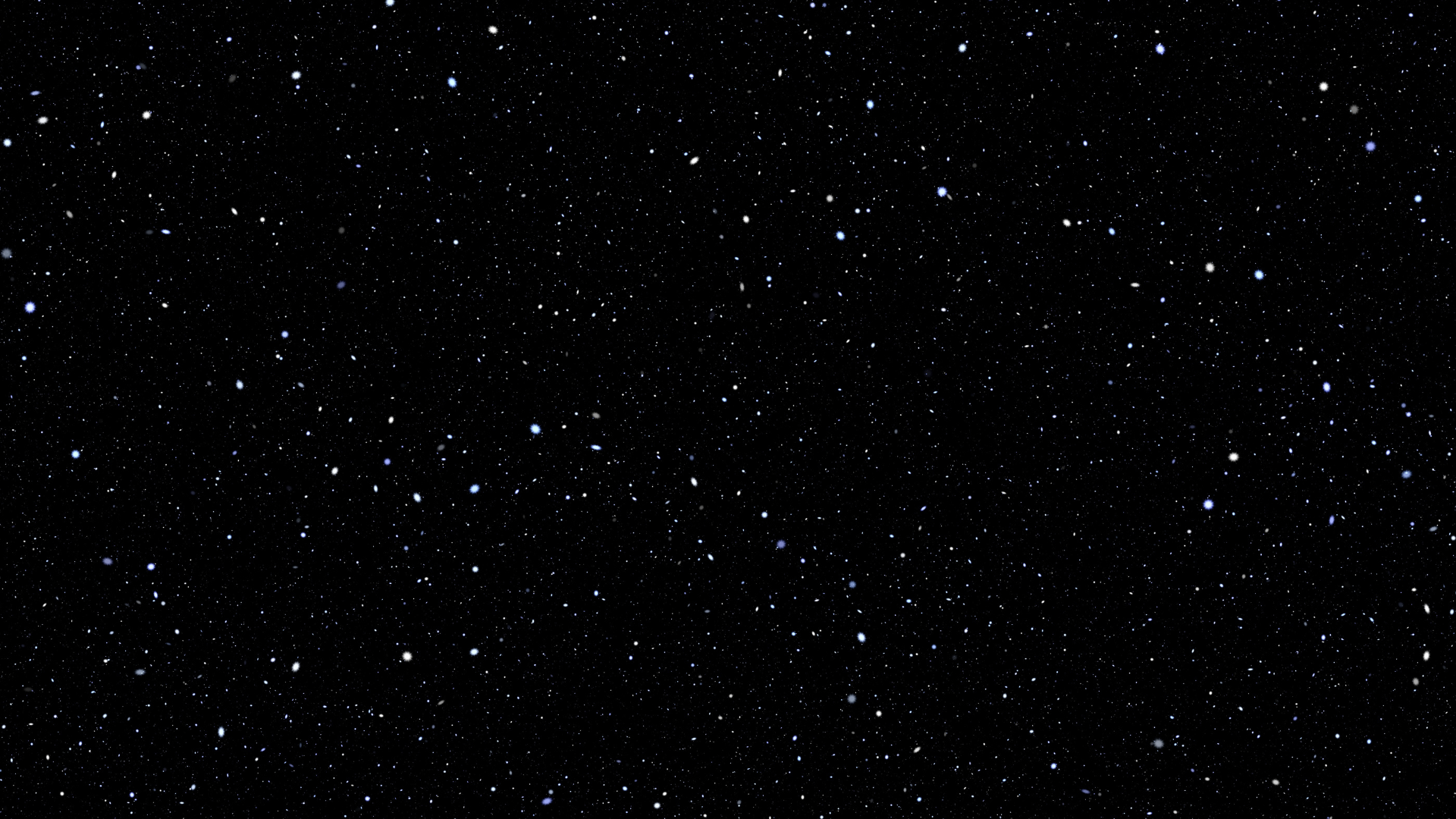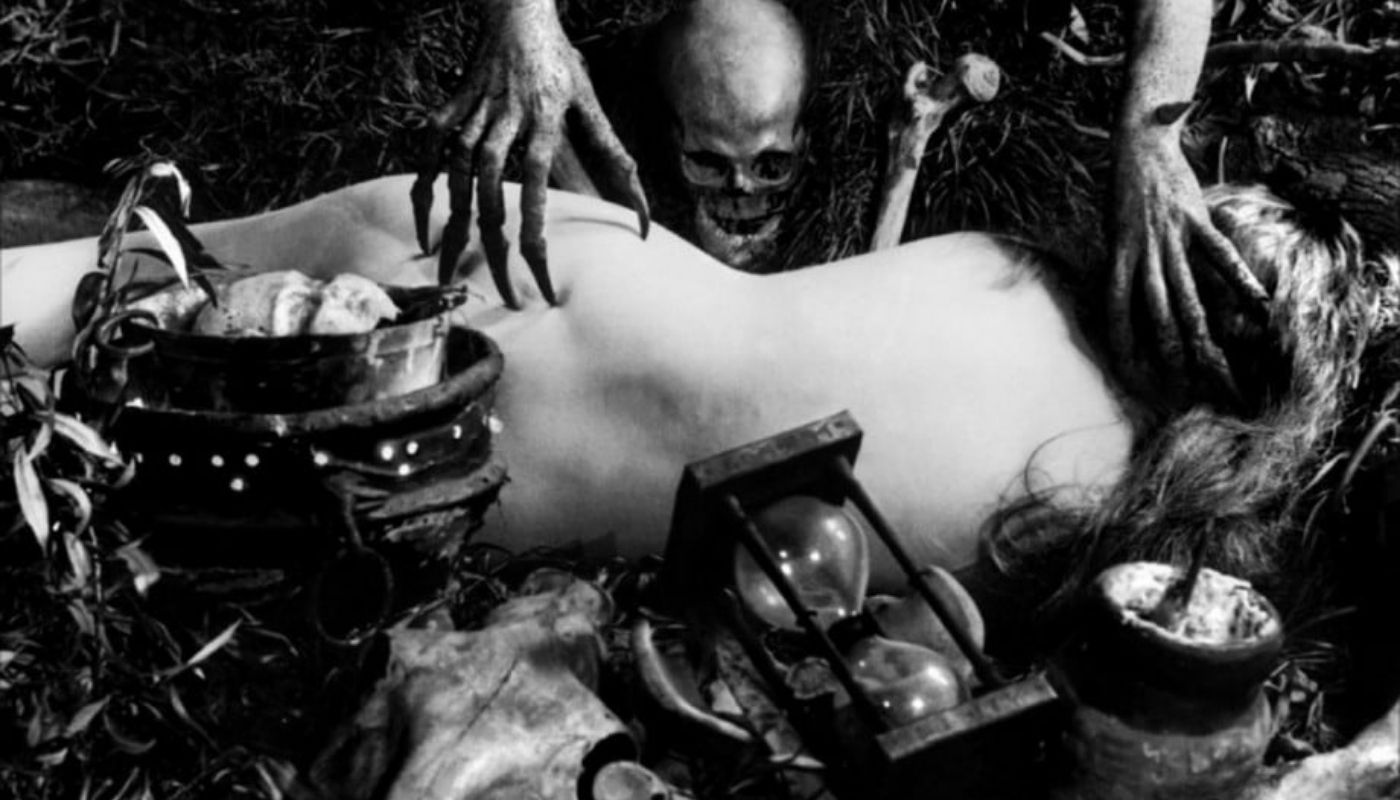Written and directed by Benjamin Christensen, Häxan / Witchcraft Through the Ages (1922) constitutes a mix of documentary style storytelling, essay film aspects, and gothic horror. Blurring the lines between real historical facts and fabricated narratives, Häxan provides an intriguing, partly fictionalised and dramatised depiction of witchcraft through history. Concerned with socio-cultural, ideological, political, medical, and religious frameworks, the film supports the idea that the mass hysteria associated with witch hunts and Satanic possession during the medieval era can be attributed to misconceptions regarding mental disorders. An exploration of myth and religion at the crossroads between the hallucinatory and the real, the film features macabre images of torture, sacrifice, and satanic rituals. “Chronologically specific and anachronistically out-of-joint” (Doty and Ingham 2014), Häxan provides modernised re-enactments of the medieval phenomenon of witch hunts, whilst conflating different time periods in its unique approach. The witches include “unhinged” nuns, widows, and temptresses. In some cultures, pregnancy and menstruation were associated with witchcraft and magical powers, reinforcing the process of viewing femininity as the ‘other’. These mystical powers were thought to have a dual nature, with the capacity of being both nurturing and destructive. The underlying film commentary regarding religion is compatible with the medical discourses focusing on the reasons why certain individuals are drawn towards mysticism and the occult or experience the presence of unknown forces. The sequences including the figure of the stereotypical broomstick-riding witch and the portrayal of grotesque devils, demonic orgies, and other hellish motifs, reveal a glimpse into the irrational mindset of those influenced by fear-instilling, religious superstitions.

